
Kód: 24023080
Histoire Naturelle de la Traduction
Autor Charles Le Blanc
What is translation? Charles Le Blanc’s answer to this fundamental question is: its history. And in order to “tell the story” of translation as it evolved through the ages, he relies on five well-known tales and stories. He uses ... celý popis
- Jazyk:
 Francouzština
Francouzština - Vazba: Brožovaná
- Počet stran: 304
Nakladatelství: LES BELLES LETTRES, 2019
- Více informací o knize

Mohlo by se vám také líbit
-
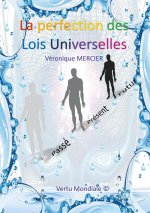
La Perfection des Lois Universelles
412 Kč -

Sherlock Holmes
485 Kč -
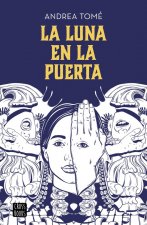
La luna en la puerta
194 Kč -
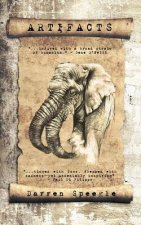
Artifacts
381 Kč
Dárkový poukaz: Radost zaručena
- Darujte poukaz v libovolné hodnotě a my se postaráme o zbytek.
- Poukaz se vztahuje na celou naši nabídku.
- Elektronický poukaz vytisknete z e-mailu a můžete ihned darovat.
- Platnost poukazu je 12 měsíců od data vystavení.
Více informací o knize Histoire Naturelle de la Traduction
Nákupem získáte 76 bodů
 Anotace knihy
Anotace knihy
What is translation? Charles Le Blanc’s answer to this fundamental question is: its history. And in order to “tell the story” of translation as it evolved through the ages, he relies on five well-known tales and stories. He uses The Portrait of Dorian Gray by Oscar Wilde, Andersen’s The Snow Queen, The Sorcerer’s Apprentice by Goethe, Perrault’s Blue Beard, and Hansel and Gretel by the Brothers Grimm to describe translation’s five key characteristics, as well as the five stages of the art of translation, from antiquity to the Romantic era.Like Dorian Gray’s portrait, translations age, while the original texts remain forever young. As with the pieces of the broken magic mirror in Andersen’s tale, it is the reader-translator’s perception of the text that reconstructs its meaning. As in Goethe’s ballad, the proliferation of translations brings to mind that of the brooms released by the sorcerer’s apprentice, who is the translator. Yet the latter must acknowledge, when all is said and done, that the author remains the sole master. As in Perrault’s tale, a literary work is a castle whose set of keys the author, like Blue Beard, hands to the reader; what the text will become, once translated, largely depends on which key the translator will use. Lastly, every translator first seeks to decipher the meaning of the work, and, like Hansel and Gretel by the Brothers Grimm, certainly hopes to return to the paternal home; i.e., to the original. Yet if he should happen to err, he may still unearth unsuspected riches, like the two children discovering the gingerbread house.It is the reader’s role that is highlighted for the very first time in Histoire naturelle de la traduction. As a reading exercise, translation, like thought, is above all a journey. It is a maieutic of meaning, and a practice rooted in History, which this masterful essay imparts.Charles Le Blanc, born in 1965, holds a PhD in Philosophy. A Germanist scholar and translator, he is notably the author of Le Complexe d’Hermès (2009), a critical work addressing the foundations of traductology that has received worldwide acclaim. He specializes in Lichtenberg, Kierkegaard, and German Romanticism, and teaches at Ottawa University.
 Parametry knihy
Parametry knihy
Zařazení knihy Knihy ve francouzštině SCIENCES HUMAINES ET SOCIALES, LETTRES Lettres et Sciences du langage
761 Kč
- Plný název: Histoire Naturelle de la Traduction
- Autor: Charles Le Blanc
- Jazyk:
 Francouzština
Francouzština - Vazba: Brožovaná
- Počet stran: 304
- EAN: 9782251449425
- ISBN: 2251449426
- ID: 24023080
- Nakladatelství: LES BELLES LETTRES
- Hmotnost: 830 g
- Datum vydání: 10. May 2019
Oblíbené z jiného soudku
-
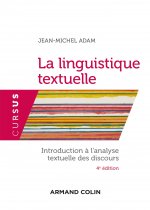
La linguistique textuelle - 4e éd.
797 Kč -
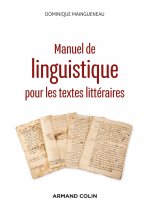
Manuel de linguistique pour les textes littéraires - 2e éd.
1044 Kč -
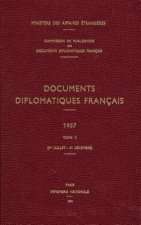
Documents diplomatiques francais
3042 Kč -
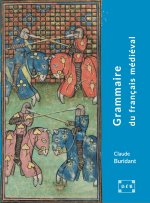
Grammaire du français médiéval XIIe-XIVe siècles
2669 Kč -
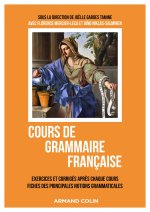
Cours de grammaire française
952 Kč -
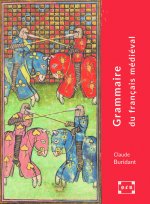
Grammaire du français médiéval
2608 Kč -
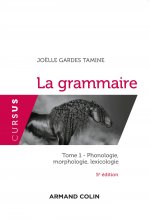
La grammaire - 5e éd. - Tome 1 : Phonologie, morphologie, lexicologie
788 Kč -
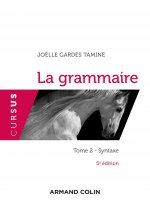
La grammaire - 5e éd. - Tome 2 : Syntaxe
736 Kč -

Litterature francaise du XXe siecle
788 Kč -
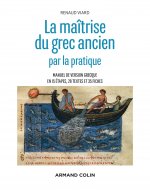
La maîtrise du grec ancien par la pratique - Manuel de version grecque en 15 étapes, 28 textes et 35
983 Kč -

Le roman historique
465 Kč -
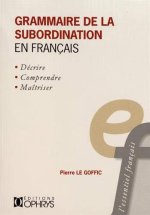
Grammaire de la subordination en français
589 Kč -
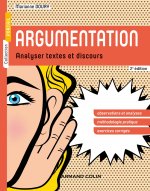
Argumentation - 2e éd. - Analyser textes et discours
788 Kč -
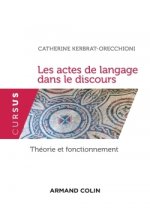
Les actes de langage dans le discours - Théorie et fonctionnement
675 Kč -
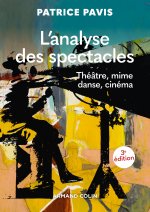
L'analyse des spectacles - 3e éd. - Théâtre, mime, danse, cinéma
1074 Kč -
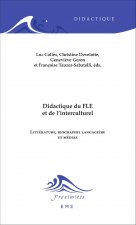
Didactique du FLE et de l'interculturel
979 Kč -

Boris Vian
983 Kč -
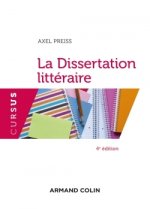
La Dissertation littéraire - 4e éd.
662 Kč -
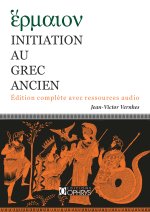
Initiation au grec ancien
703 Kč -
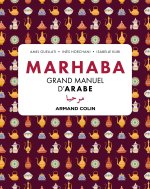
Marhaba Grand manuel d'arabe
980 Kč -

Discours et analyse du discours - 2e éd. - Une introduction
830 Kč -

L'argumentation dans le discours - 4e éd.
952 Kč -
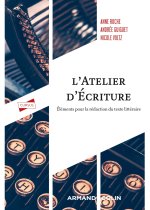
L'atelier d'écriture - 3e éd.
675 Kč -
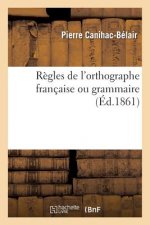
Regles de l'Orthographe Francaise Ou Grammaire
481 Kč -
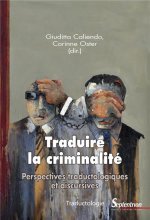
Traduire la criminalité
761 Kč -
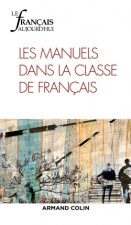
Le Français aujourd'hui n° 194 (3/2016) Les manuels dans la classe de français
545 Kč -
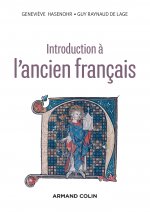
Introduction à l'ancien français - 3e éd.
1013 Kč -
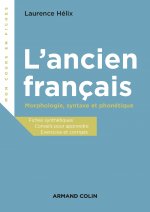
L'ancien français - Morphologie, syntaxe et phonétique
736 Kč -
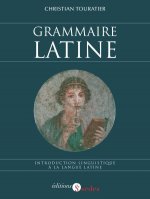
Grammaire latine - Introduction linguistique à la langue latine
1227 Kč -
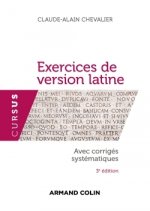
Exercices de version latine - 3e éd.
821 Kč -
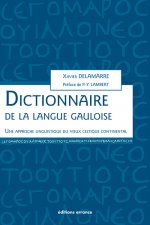
Dictionnaire de la langue gauloise
1318 Kč -
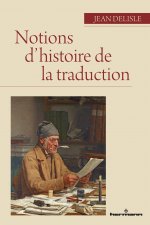
Notions d'histoire de la traduction
1440 Kč -
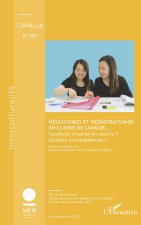
Médiation(s) et médiatisation(s) en classe de langue...
675 Kč -
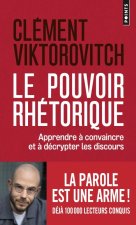
Le Pouvoir rhétorique. Apprendre à convaincre et à décrypter les discours
385 Kč -
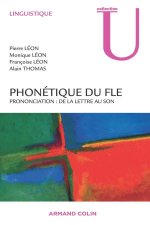
Phonétique du FLE
800 Kč -
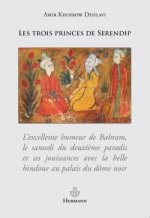
Les trois princes de Serendip
496 Kč -

La littérature fantastique - 2e éd.
367 Kč -
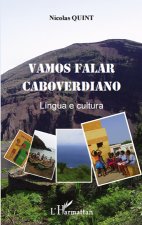
VAMOS FALAR CABOVERDIANO LINGUA E CULTURA
809 Kč -
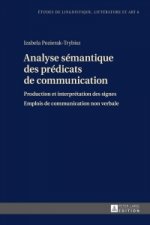
Analyse Semantique Des Predicats de Communication
1717 Kč -

LINGUISTIQUE DE CORPUS
733 Kč -
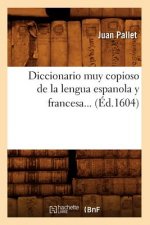
Diccionario Muy Copioso de la Lengua Espanola Y Francesa (Ed.1604)
1053 Kč -
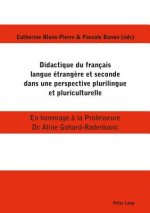
Didactique Du Francais Langue Etrangere Et Seconde Dans Une Perspective Plurilingue Et Pluriculturelle
2462 Kč -
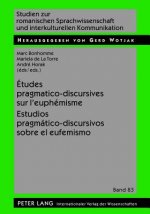
Etudes Pragmatico-Discursives Sur l'Euphemisme - Estudios Pragmatico-Discursivos Sobre El Eufemismo
1673 Kč -

Presences de George Sand En Pologne
1465 Kč -
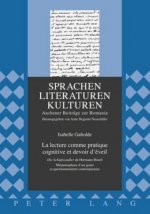
La lecture comme pratique cognitive et devoir d'eveil
3327 Kč -

L'analyse littéraire - 2e éd. - NP
693 Kč -
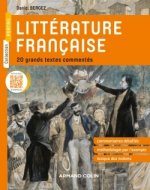
Littérature française - 20 grands textes commentés
736 Kč -
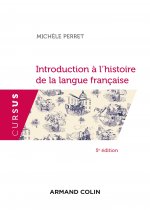
Introduction à l'histoire de la langue française - 5e éd.
766 Kč -
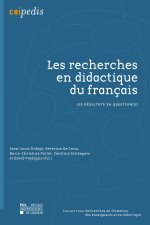
Les Recherches en didactique du français
1007 Kč
Osobní odběr Praha, Brno a 12903 dalších
Copyright ©2008-24 nejlevnejsi-knihy.cz Všechna práva vyhrazenaSoukromíCookies



 Vrácení do měsíce
Vrácení do měsíce 571 999 099 (8-15.30h)
571 999 099 (8-15.30h)